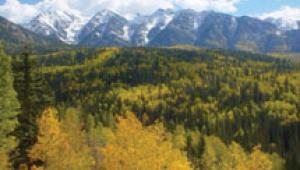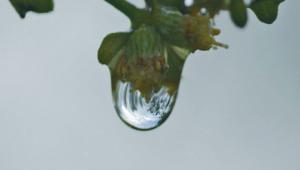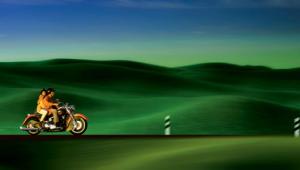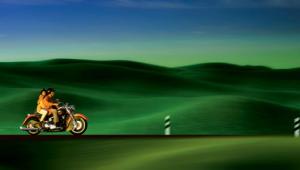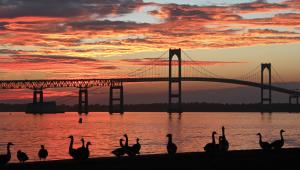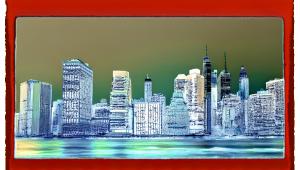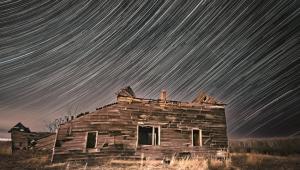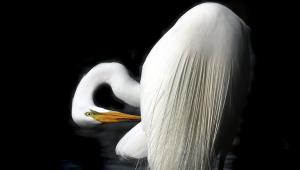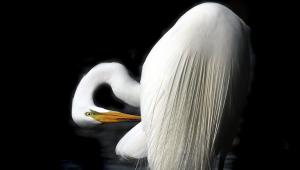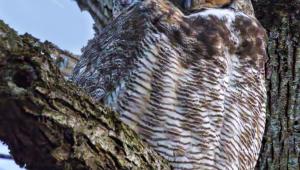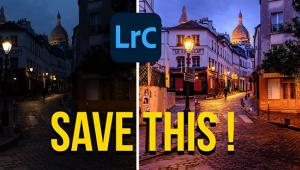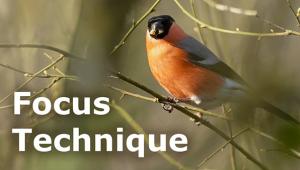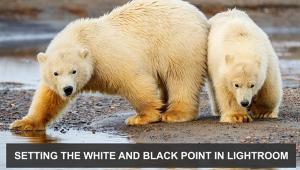Shooting Snow & Ice Page 2
There's also the old "Sunny 16" rule: For a front-lit subject in bright sun, set the aperture to f/16 and the shutter speed to the reciprocal of the film speed: with ISO 100 film (or the ISO set to 100 with a digital camera), use a shutter speed of 1/100. Of course, you can use any shutter-speed/aperture combination that results in the same exposure: 1/100 at f/16 = 1/200 at f/11 = 1/400 at f/8, etc.
 |
|
|
But different folks have different tastes, so it's not a bad idea to bracket exposures when shooting snow scenes. Start with the Sunny 16 exposure, or the incident reading, or a stop over the reflected-light reading, and bracket from there.
3.Filters
 |
|
|
Outdoor shadows are areas lit only by blue light from the sky. This gives them
a blue cast. Normally, we don't notice the blue cast, but when the shadows
are cast on white snow, we do--and our film certainly does. There are two
choices here: Work with the blue (it can add color to an otherwise colorless
scene), or eliminate it by placing one of the amber 81-series light-balancing
filters over the camera lens. The trick with the filter is to neutralize the
blue cast without turning the snow amber. It's best to shoot such scenes
using print film, or digitally, so you can make corrections after-the-fact if
necessary. With slide film, what you shoot is what you get.
A polarizer can reduce or eliminate reflections from the snow (and other nonmetallic
surfaces), and darken the blue sky. Maximum sky darkening occurs when the sun
is to one side; if you shoot directly toward or away from the sun, you won't
get much darkening. With an SLR camera, just look through the viewfinder and
rotate the polarizer until you see the effect you want. The polarizer reduces
the amount of light reaching the film by 11/3 stops regardless of its
orientation, so you must increase exposure by 11/3 stops when using a
polarizer. The metering systems in most SLR cameras will automatically compensate
for the polarizer, but some require special circular polarizers to function
properly--see the instruction manual for your camera.
4. Add Some Color!
 |
|
|
An all-white photo isn't very interesting. You can add visual interest to your snow photos by positioning someone in colorful garb in the scene. This also adds human interest, generally a good thing. Try the shot both ways, with and without the person/people, and see which works best for the particular scene.
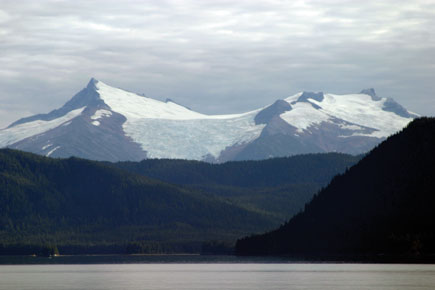 |
|
|
- Log in or register to post comments





